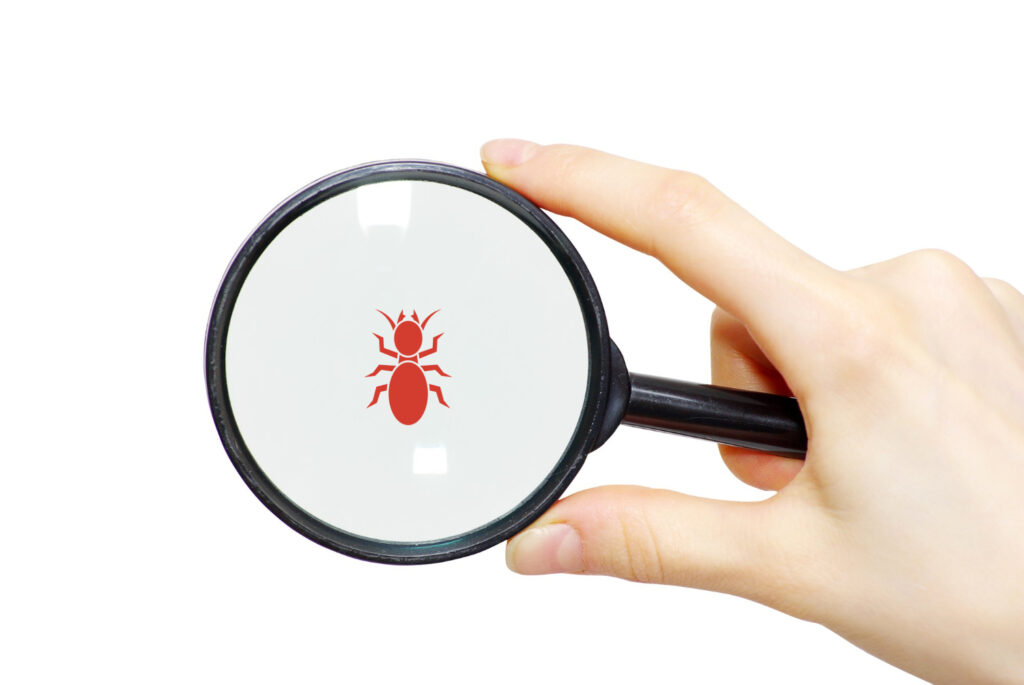The allure of a great bargain on second-hand furniture can be irresistible, but it can also lead to a problem that is far from a bargain: bed bugs. These tiny insects can hide in the crevices and seams of furniture, and their bites can leave you with itchy and unsightly welts. To avoid bringing home unwanted guests, it’s essential to know how to inspect second-hand furniture for bed bugs.
The Risk of Bed Bugs in Second-Hand Furniture
Second-hand furniture can be a great way to save money and add character to your home. However, it’s also a prime source for bed bugs. Bed bugs are notoriously hardy and can survive for months without a meal, meaning that even if the furniture has been in storage for some time, it can still harbor bed bugs. Bed bugs can be found in all kinds of furniture, from sofas and chairs to dressers and bed frames.
How to Inspect Second-Hand Furniture for Bed Bugs
Inspecting second-hand furniture for bed bugs is essential to avoid bringing these unwelcome pests into your home. Here are some steps you can take to inspect your furniture:
Step 1: Do a visual inspection
The first step in inspecting second-hand furniture for bed bugs is to do a visual inspection. Look for signs of bed bugs, including black or brown spots on the furniture, which are bed bug droppings. You may also see the bugs themselves or shed skins.
Step 2: Use a flashlight
A flashlight can help you see more clearly in the crevices and seams of the furniture. Shine the light in any crevices, such as along the seams of upholstered furniture, and look for any signs of bed bugs or their droppings.
Step 3: Check for eggs
Bed bugs lay their eggs in hidden places, so it’s important to check for them. Look for tiny, white eggs that are about the size of a pinhead. They can be found in the seams of furniture, in the corners of drawers, and in other hidden places.
Step 4: Use a bed bug detection tool
There are several bed bug detection tools available that can help you detect bed bugs in second-hand furniture. These tools use heat or carbon dioxide to attract the bugs, making them easier to detect. You can use these tools to check for bed bugs in the furniture before you bring it home.
Step 5: Consider professional inspection
If you’re not sure how to inspect the furniture or don’t feel comfortable doing it yourself, consider hiring a professional to do it for you. They have the expertise and tools to detect bed bugs that you may not have.
Conclusion
Bringing home second-hand furniture can be a great way to save money and add character to your home. However, it’s important to take steps to avoid bringing home bed bugs along with your new furniture. By following the steps outlined above and being diligent in your inspections or reaching out to Life After Bugs for experts’ opinions, you can avoid the headache and expense of a bed bug infestation. Remember, it’s always better to be safe than sorry.
Contact Life After Bugs to receive guidance from our experts.
Book a Free Consultation Today, Call (281) 709-2693











